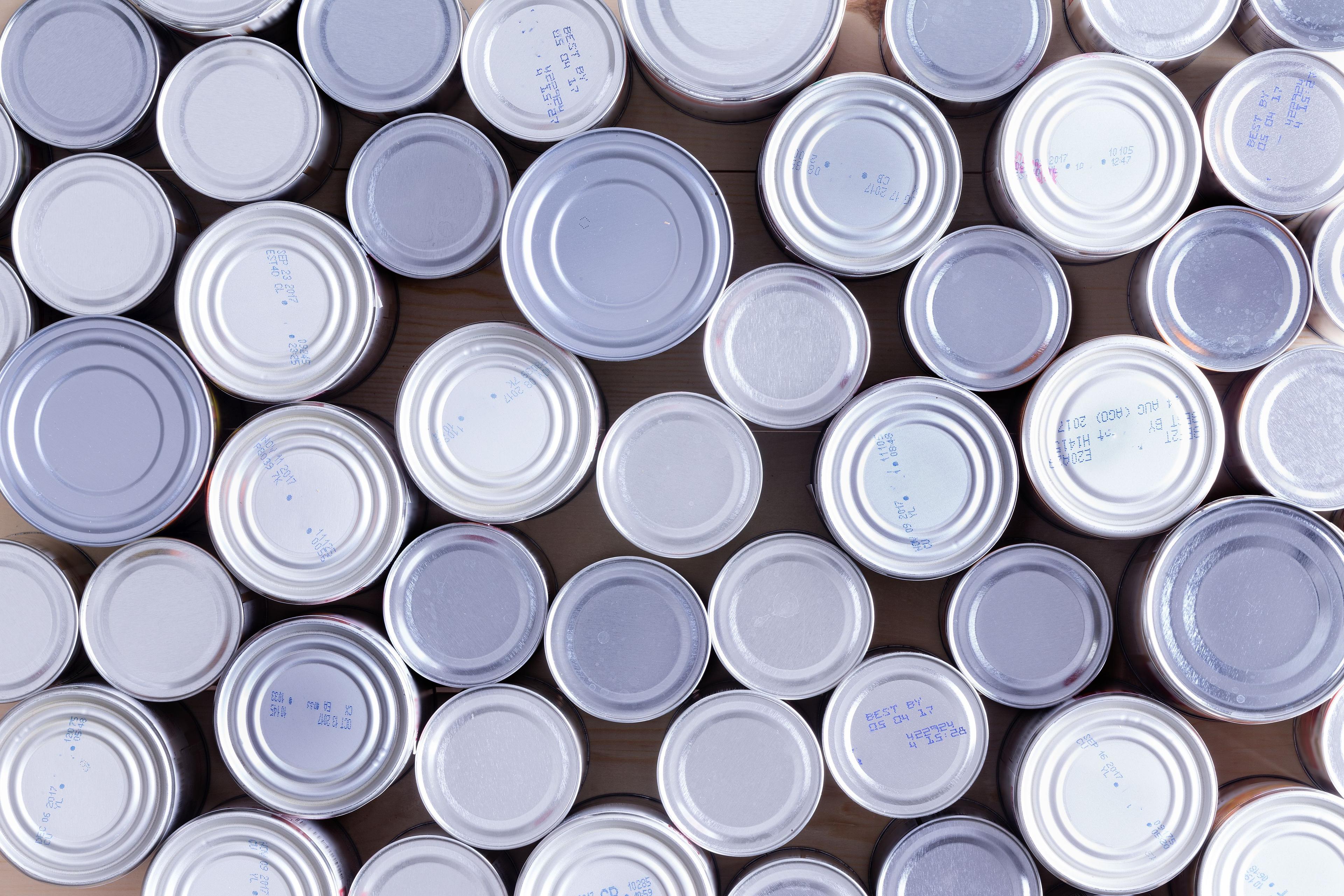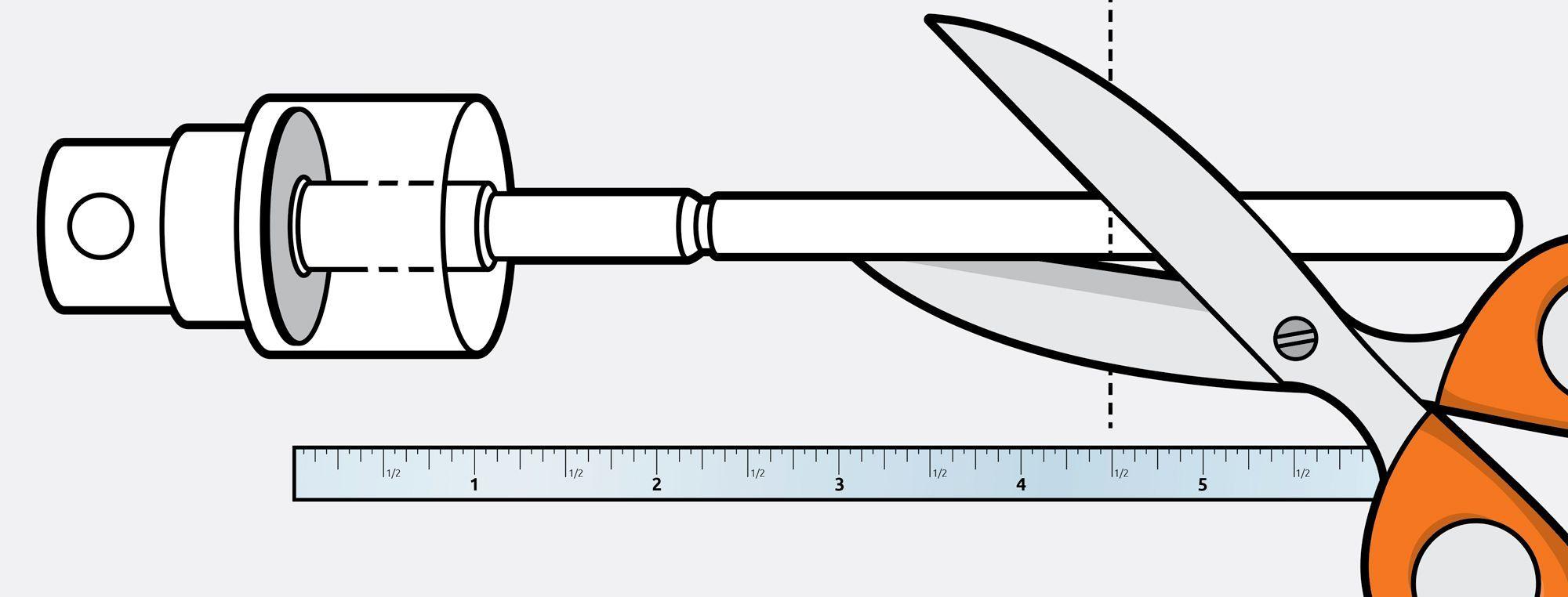The Future of Glass Jar Packaging: Innovations to Watch


1. Lightweight Glass for Sustainability
Glass jars are often criticized for their weight, which can increase shipping costs and carbon emissions. In response, manufacturers are developing lightweight glass options that retain the durability and aesthetic appeal of traditional jars while reducing their environmental footprint.
Why It Matters:
- Reduced Carbon Emissions: Lighter glass reduces fuel consumption during transportation.
- Cost Efficiency: Lower shipping costs benefit both manufacturers and consumers.
Example:
Several beverage companies are adopting lightweight glass bottles to improve sustainability without compromising product quality.
2. Smart Glass Jars
The integration of smart technology into glass jar packaging is a game-changer. With features like QR codes, NFC tags, and thermochromatic inks, smart glass jars can enhance the customer experience and provide valuable data for brands.
Features to Watch:
- Interactive Labels: QR codes can link to recipes, usage instructions, or brand stories.
- Temperature Indicators: Thermochromatic inks change color to indicate optimal serving or storage temperatures.
- Supply Chain Tracking: NFC tags enable real-time tracking and authentication, ensuring product integrity.
Example:
A skincare brand uses NFC-enabled jars that provide customers with personalized skincare tips and product information.
3. Customizable and Unique Designs
As consumers seek more personalized experiences, brands are turning to custom glass jar designs to differentiate their products. From unique shapes to artistic finishes, customization is becoming a key trend.
Innovations Include:
- Embossed Logos: Add a tactile element that reinforces brand identity.
- Colored and Frosted Glass: Create a distinct look that aligns with brand aesthetics.
- Multi-Function Lids: Lids with built-in features like spoons, strainers, or pour spouts add functionality.
Example:
An artisanal honey brand uses hexagonal glass jars with embossed bee designs to emphasize the product’s natural origins.
4. Eco-Friendly Materials and Processes
Sustainability is driving innovation in glass jar production. Manufacturers are exploring ways to make the process more energy-efficient and environmentally friendly.
Key Developments:
- Recycled Glass Content: Increasing the percentage of post-consumer recycled (PCR) glass in production.
- Renewable Energy: Using solar or wind power in manufacturing facilities.
- Low-Impact Coatings: Developing non-toxic coatings that enhance durability and aesthetics without harming the environment.
Example:
A jam company promotes its jars as made with 80% recycled glass, appealing to eco-conscious consumers.
5. Modular and Stackable Designs
Space-saving packaging is becoming a priority for both consumers and retailers. Modular and stackable glass jar designs are emerging as a practical and visually appealing solution.
Benefits:
- Efficient Storage: Stackable jars make better use of limited storage space in kitchens and retail shelves.
- Aesthetic Appeal: Uniform, modular designs create a cohesive look that attracts customers.
Example:
A spice company offers stackable glass jars with magnetic lids, allowing customers to organize their kitchens efficiently.
6. Refillable and Zero-Waste Systems
Glass jars are at the forefront of the zero-waste movement, with refillable packaging systems gaining traction in various industries.
Innovations to Watch:
- Bulk Refill Stations: Consumers bring their jars to refill products like oils, grains, or detergents.
- Subscription Models: Brands deliver refills in minimal packaging, allowing customers to reuse their original glass jars.
- Return and Reuse Programs: Companies collect used jars for cleaning and reuse.
Example:
A cosmetics brand offers a subscription service where customers receive refills in biodegradable pouches, reducing waste.
7. Advanced Printing and Labeling Techniques
Labels are becoming more innovative, moving beyond basic designs to incorporate advanced technologies and materials.
Trends:
- Eco-Friendly Labels: Biodegradable or compostable materials that align with sustainable packaging goals.
- Interactive Elements: Augmented reality (AR) labels provide immersive brand experiences.
- Heat-Resistant Printing: Ensures labels remain intact during hot-filling or sterilization processes.
Example:
A beverage company uses AR labels on its glass jars to share the story of its sourcing process through an interactive app.
8. Enhanced Product Preservation
Glass jars are already known for their preservation qualities, but new technologies are taking this to the next level.
Innovations Include:
- UV-Blocking Glass: Amber and green glass are being optimized for even better UV protection.
- Oxygen-Barrier Lids: Advanced sealing technologies prevent oxidation and spoilage.
Example:
A premium olive oil brand uses UV-blocking glass jars with vacuum-sealed lids to maintain freshness and flavor.
9. Hybrid Packaging Solutions
Combining glass jars with other sustainable materials can create innovative hybrid packaging solutions that enhance functionality and appeal.
Examples:
- Glass and Wood: Pairing glass jars with bamboo or cork lids for an eco-chic look.
- Glass and Silicone: Adding silicone sleeves for extra grip and protection.
- Glass and Metal: Using stainless steel lids or accessories for added durability.
Example:
A smoothie brand uses glass jars with silicone sleeves and steel straws for a reusable, eco-friendly experience.
Conclusion
The future of glass jar packaging is bright, with innovations that address sustainability, functionality, and consumer engagement. From lightweight designs to smart technology and refillable systems, these advancements are transforming glass jars into the packaging of choice for brands looking to lead in quality and eco-consciousness.
Ready to embrace the future of glass jar packaging? Explore Container & Packaging’s innovative solutions to stay ahead of the curve and delight your customers.





